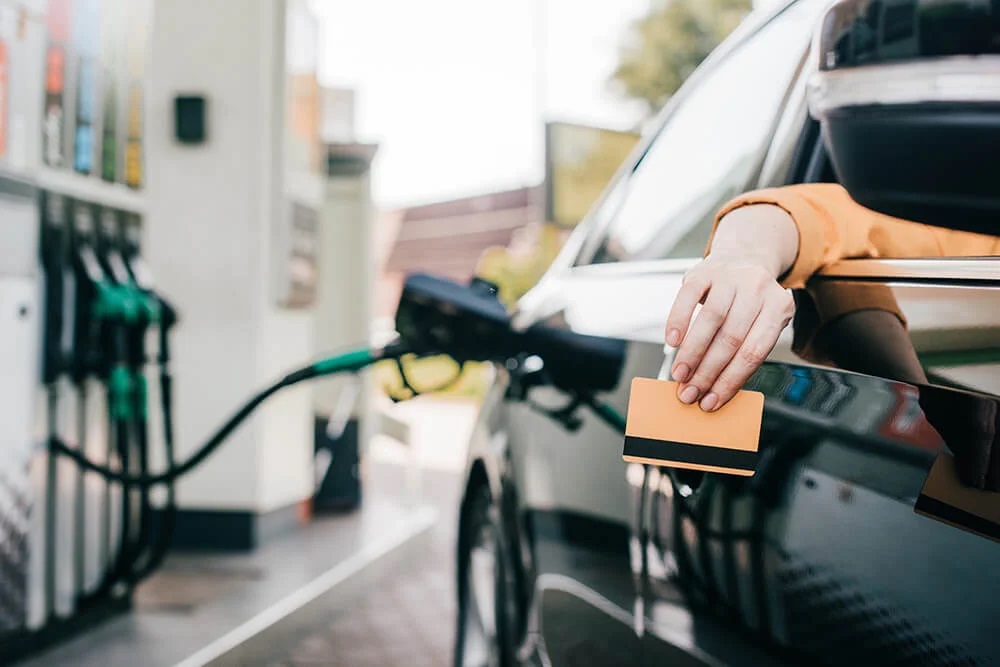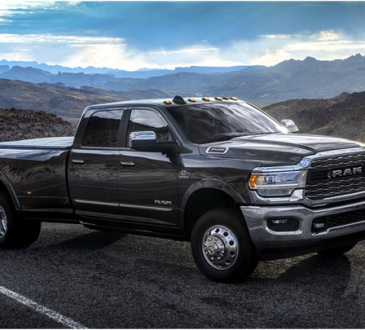Using Fuel Cards to Improve Resource Allocation and Logistical Support for Efficient Disaster Recovery

Fuel cards play a major role in disaster recovery by streamlining financial administration, which is another advantage. Following a crisis, the priority should be response and recovery rather than laborious documentation or intricate compensation procedures. Fuel cards for business offer comprehensive, itemised statements that are simple to connect into larger financial systems, automating a large portion of the tracking and reporting of expenses. In addition to lowering administrative duties, this automation ensures that there is an auditable, transparent trail of expenses—a need that is frequently necessary for insurance claims, government reporting, and donor or stakeholder responsibility.
Fuel cards Australia offer logistical advantages as well as the ability to strategically allocate resources during disaster recovery. Conditions brought on by disasters are frequently erratic and quickly changing, and the demands of impacted communities can change dramatically. Fuel cards give businesses a scalable and adaptable fuel management system, enabling them to easily adjust to these developments. For example, fuel cards can speed up the deployment of extra vehicles without causing delays associated with traditional procurement techniques in the event of a sudden spike in the number of displaced people in a certain location who need to be transported to safety. Similarly, fuel cards make it possible to quickly reallocate fuel to more urgent needs in case some recovery activities are judged less vital, hence optimising the use of scarce resources.
There are difficulties in using fuel cards for disaster recovery. Reliance on digital networks and systems, which can be unavailable or damaged in disaster-affected areas, is one possible problem. To allay these worries, a lot of gasoline card companies have backup measures in place, like offline transaction capability or emergency contact information. Furthermore, there can be logistical difficulties in promptly providing gasoline cards to all pertinent staff, particularly in major catastrophes where a big area is impacted. This risk can be reduced by prepositioning gasoline cards with important response teams or in disaster-prone areas. This will guarantee that the cards are there when and where they are most required.
When using fuel cards for disaster recovery, it’s important to consider the environmental effects. The long-term environmental effects of recovery efforts shouldn’t be disregarded, even though the urgent needs of people are frequently the main emphasis at this period. Fuel use might be high during the recovery process after a disaster, which can have an adverse effect on the environment and greenhouse gas emissions. By facilitating improved fuel tracking and promoting the use of more fuel-efficient cars or alternative fuels, fuel cards can help promote more environmentally friendly behaviors. Certain gasoline card systems provide carbon offsetting options as well, enabling businesses to lessen their environmental impact while they work toward recovery.
To sum up, fuel cards are an effective tool for improving resource allocation and logistical support during disaster recovery operations. They aid in maintaining the functionality of machines, generators, and cars by offering safe, convenient, and effective fuel access. This permits the prompt deployment of vital resources. Fuel cards’ real-time monitoring and reporting features help businesses make better decisions by enabling them to adjust to changing circumstances and focus resources where they are most needed. Fuel cards also facilitate agency collaboration and streamline financial management, which increases the overall efficacy of recovery efforts. The usage of fuel cards in emergency situations presents certain difficulties, but they can be overcome with careful preparation and the deployment of backup plans.




